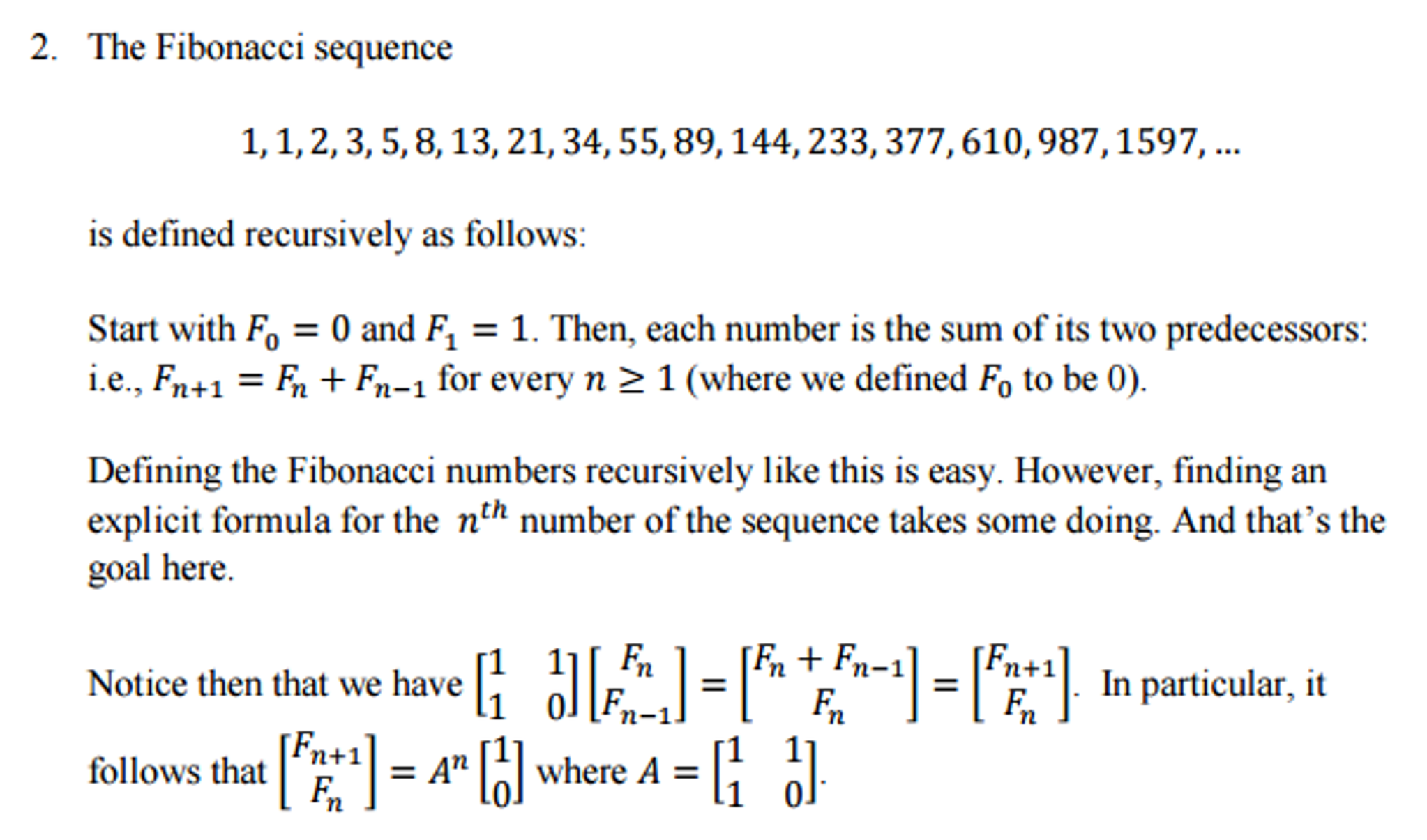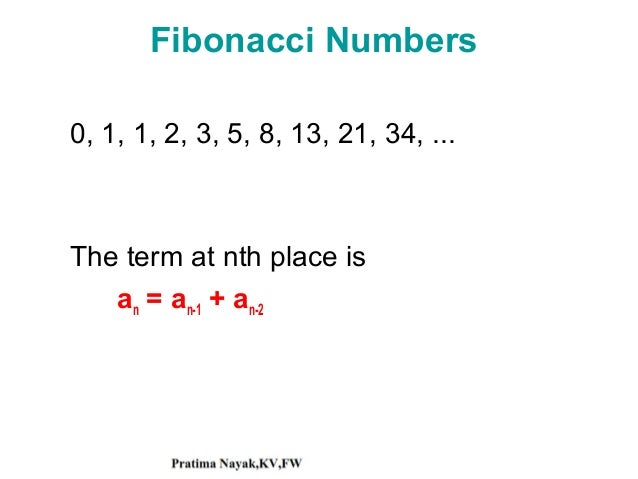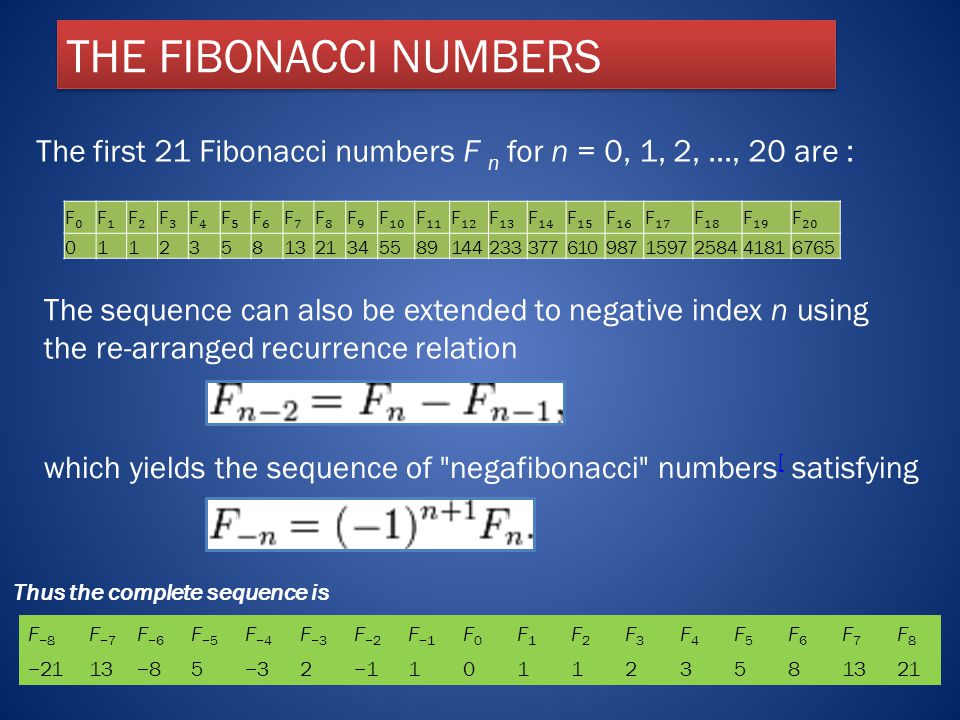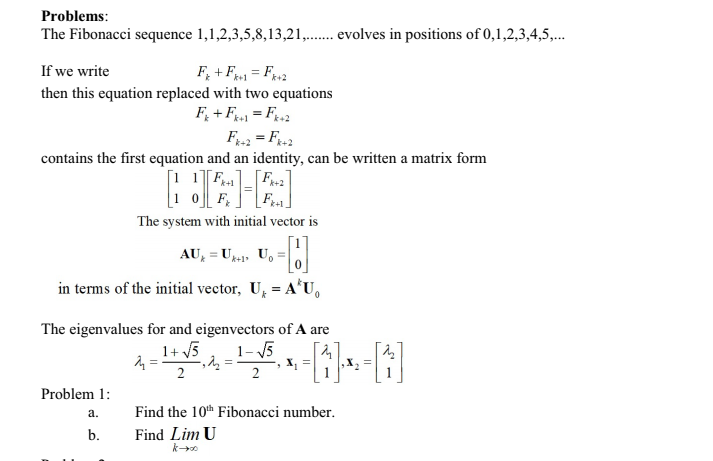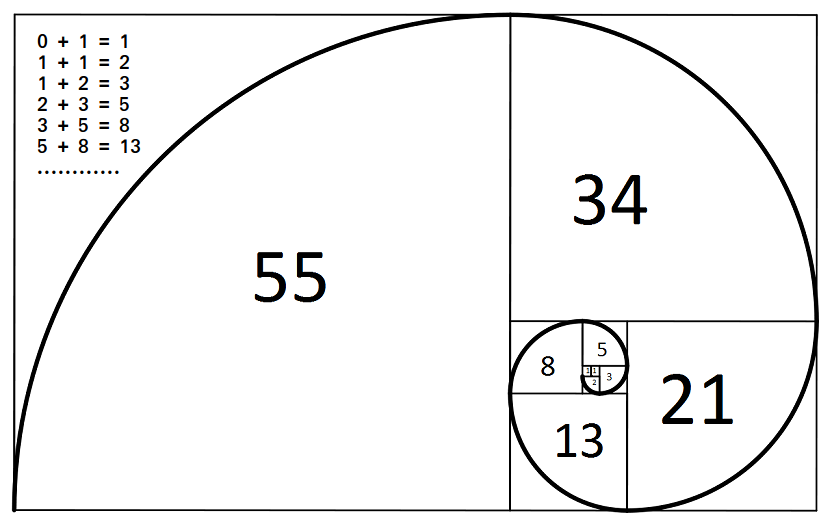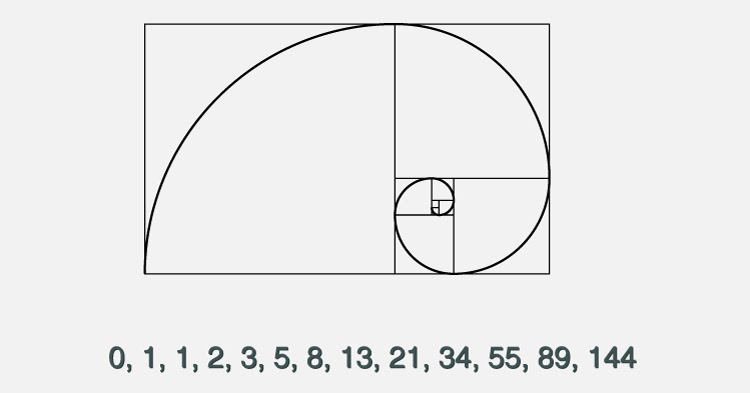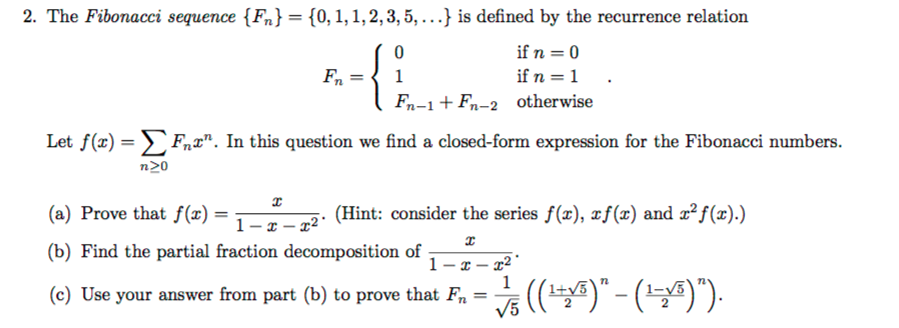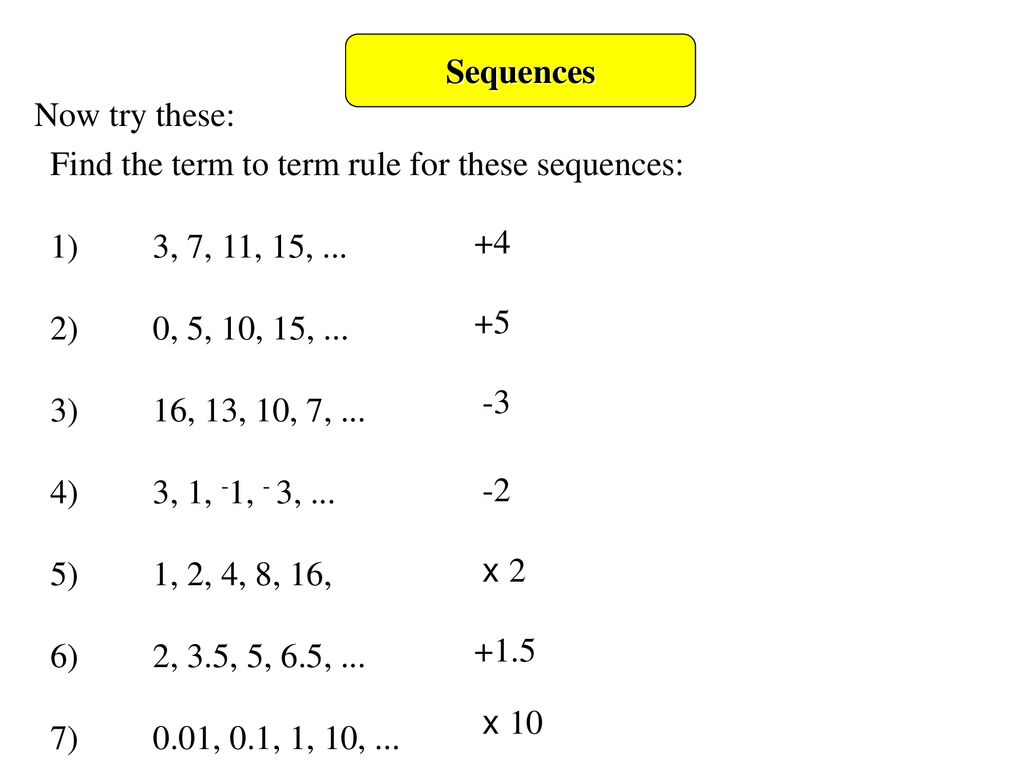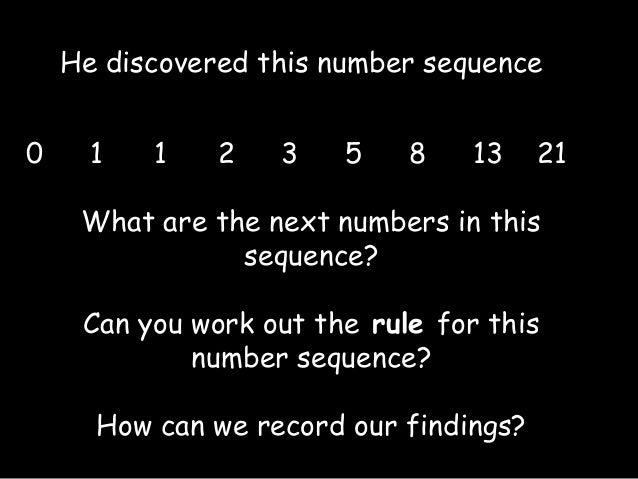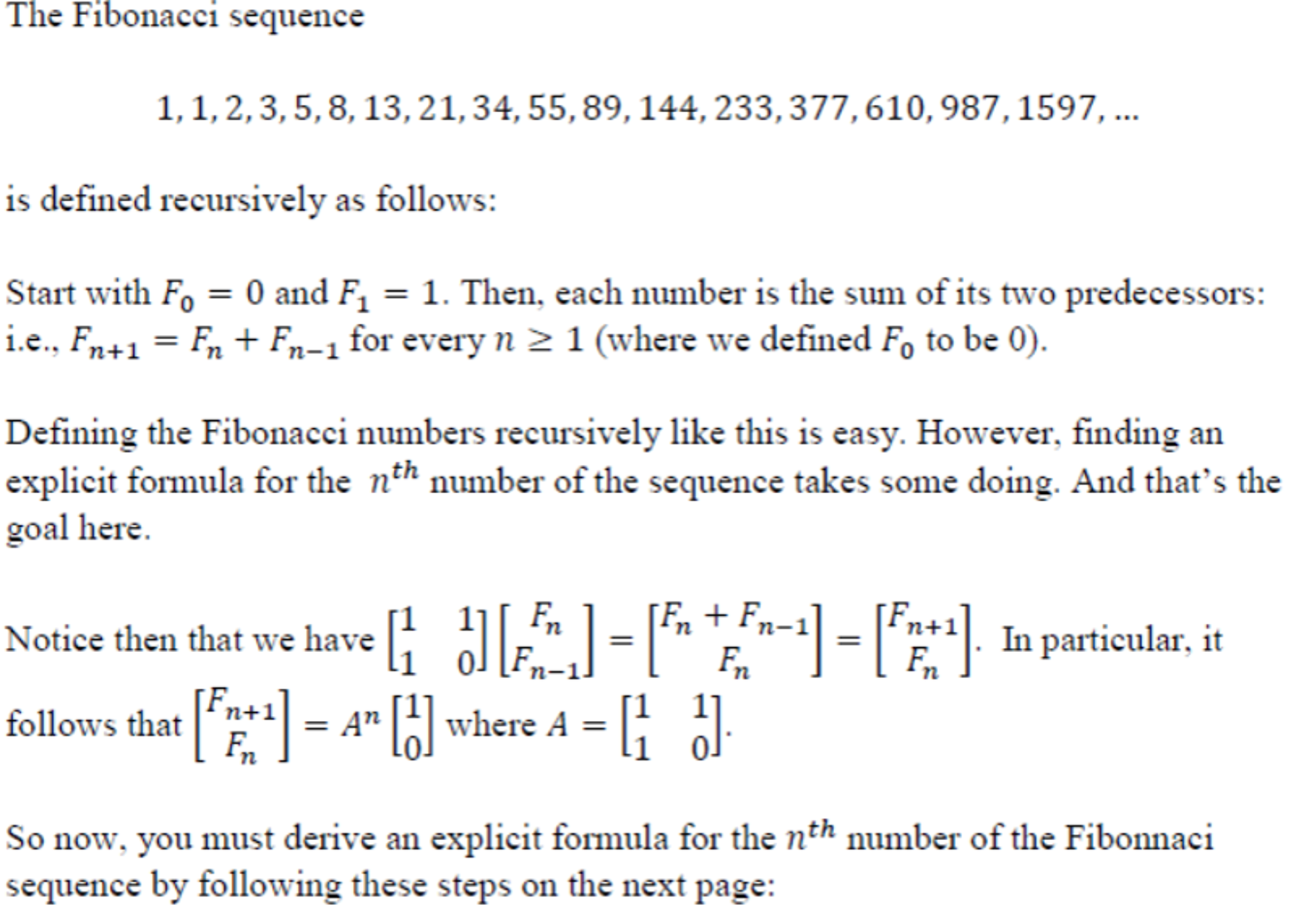0 1 1 2 3 5 Sequence
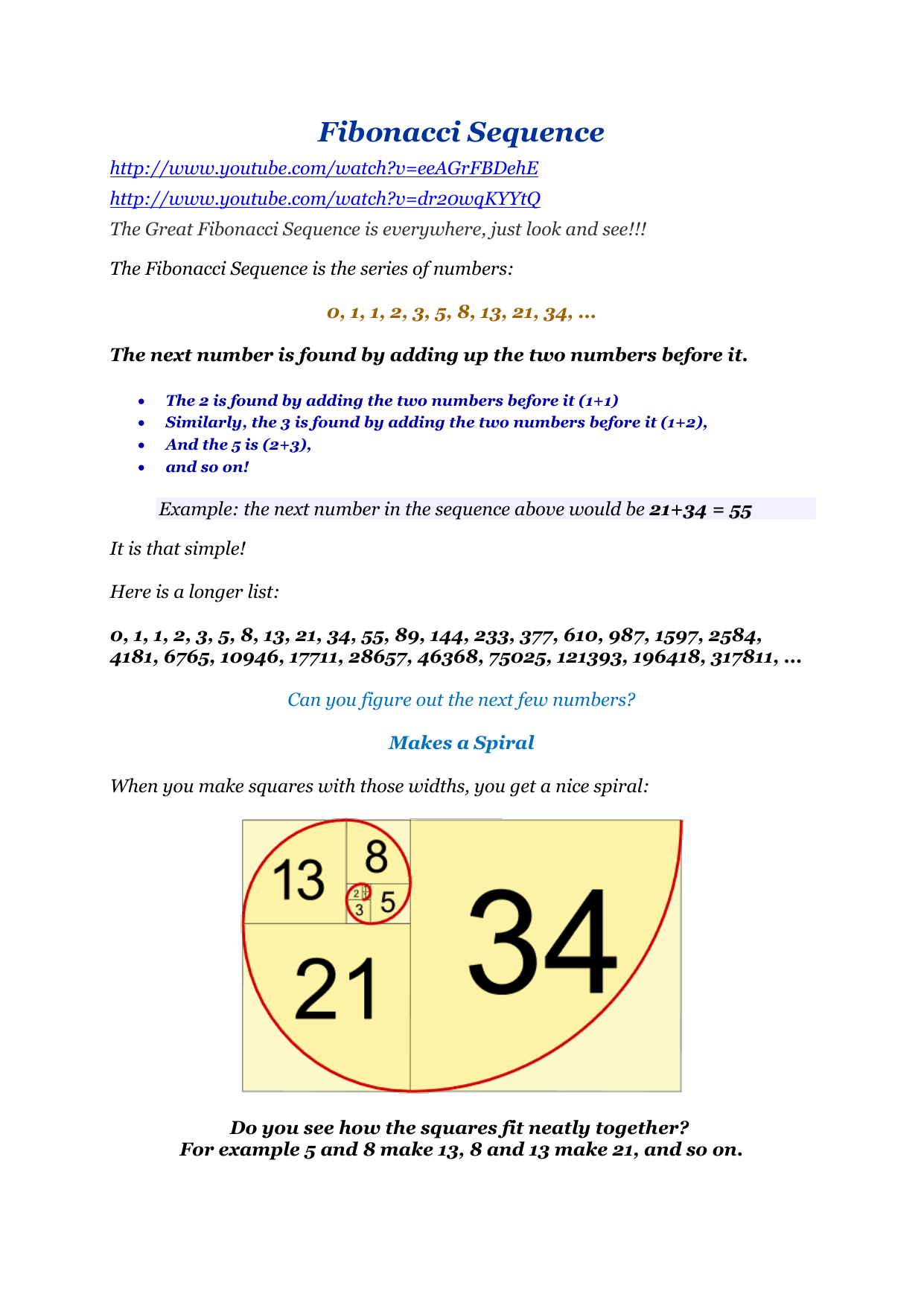
1 3 5 7 is the sequence of the first 4 odd numbers and is a finite sequence 4 3 2 1 is 4 to 1 backwards 1 2 4 8 16 32 is an infinite sequence where every term doubles.
0 1 1 2 3 5 sequence. Oeis link name first elements short description a000027. The pell numbers have p n 2p n 1 p n 2. Letting a number be a linear function other than the sum of the 2 preceding numbers. Alternatively you can choose f 1 and f 1 as the sequence starters.
Please enter integer sequence separated by spaces or commas. All other terms are obtained by adding the preceding two terms. A fibonacci sequence is a sequence in which every number following the first two is the sum of the two preceding numbers. F 1 1.
Fibonacci sequence is a sequence of numbers where each number is the sum of the 2 previous numbers except the first two numbers that are 0 and 1. The first two numbers in a fibonacci sequence are defined as either 1 and 1 or 0 and 1 depending on the chosen starting point. Lucas numbers have l 1 1 l 2 3 and l n l n 1 l n 2. 0 1 1 2 3 5 8 13 21 34.
1 2 3 4 5. A fibonacci sequence is the integer sequence of 0 1 1 2 3 5 8. Find the next number in the sequence using difference table. Primefree sequences use the fibonacci recursion with other starting points to generate sequences in which all numbers are composite.
So the sequence goes. The fibonacci sequence is the series of numbers. Natural numbers 1 2 3 4 5 6 7 8 9 10 the natural numbers positive integers n ℕ. The next number is found by adding up the two numbers before it.
The first two terms are 0 and 1. F 0 0. Unlike in an arithmetic sequence you need to know at least two consecutive terms to figure out the rest of the sequence. Each number in the sequence is the sum of the two numbers that precede it.


